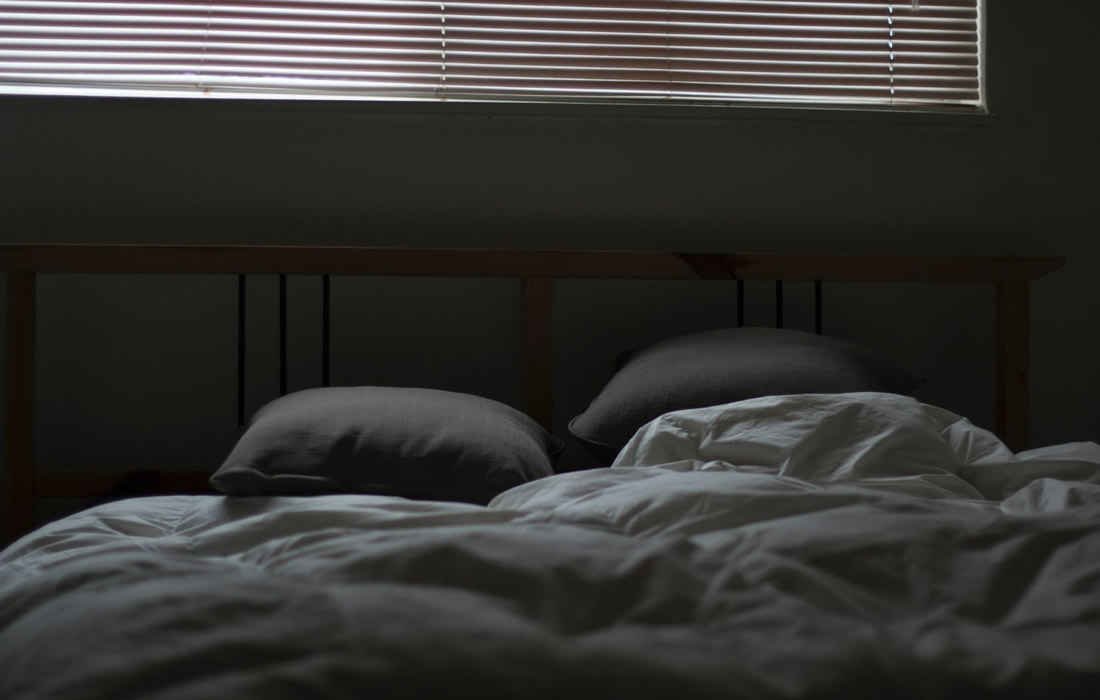Regenerative Medicine News and General Information
Aripiprazole Treating Circadian Rhythm Sleep Disorders
While aripiprazole has long been a standard treatment for psychiatric disorders, recent studies indicate that it is effective in treating circadian rhythm sleep disorders, including delayed sleep-phase syndrome. This condition causes patients to sleep and wake extremely late at times.
Researchers from the University of Tsukuba have discovered that aripiprazole can directly affect the mammalian central circadian clock; specifically, it can modulate the photic entrainment in mice. Located in the hypothalamic suprachiasmatic nucleus (SCN), the central circadian clock comprises clock neurons that synchronize with each other, maintaining a rhythm of approximately 24 h. Simultaneously, SCN is receptive to external inputs like light, aligning itself with the environmental light-dark cycle. The researchers have found that aripiprazole disrupts the synchronization among the clock neurons in the SCN, heightening the responsiveness of these neurons to light stimuli in mice. Additionally, aripiprazole influences intracellular signaling within the SCN by targeting the serotonin 1A receptor, a prominent receptor in the SCN.
These findings suggest that the efficacy of aripiprazole in alleviating circadian rhythm sleep disorder symptoms in psychiatric patients might be attributed to the modulation of the circadian clock by the drug. T
This study expands the potential clinical usage of aripiprazole as a treatment for circadian rhythm sleep disorders.
Sources:
Ruoshi Li, Kosaku Masuda, Daisuke Ono, Takashi Kanbayashi, Arisa Hirano, Takeshi Sakurai. Aripiprazole disrupts cellular synchrony in the suprachiasmatic nucleus and enhances entrainment to environmental light–dark cycles in mice. Frontiers in Neuroscience, 2023; 17 DOI: 10.3389/fnins.2023.1201137
University of Tsukuba. “Elucidating the mechanism of aripiprazole action in treating circadian rhythm sleep disorders.” ScienceDaily. ScienceDaily, 7 September 2023. <www.sciencedaily.com/releases/2023/09/230907105845.htm>.
Materials provided by University of Tsukuba. Note: Content may be edited for style and length.
Images from:
Photo by Quin Stevenson
https://unsplash.com/photos/3oyeaivM_fE

